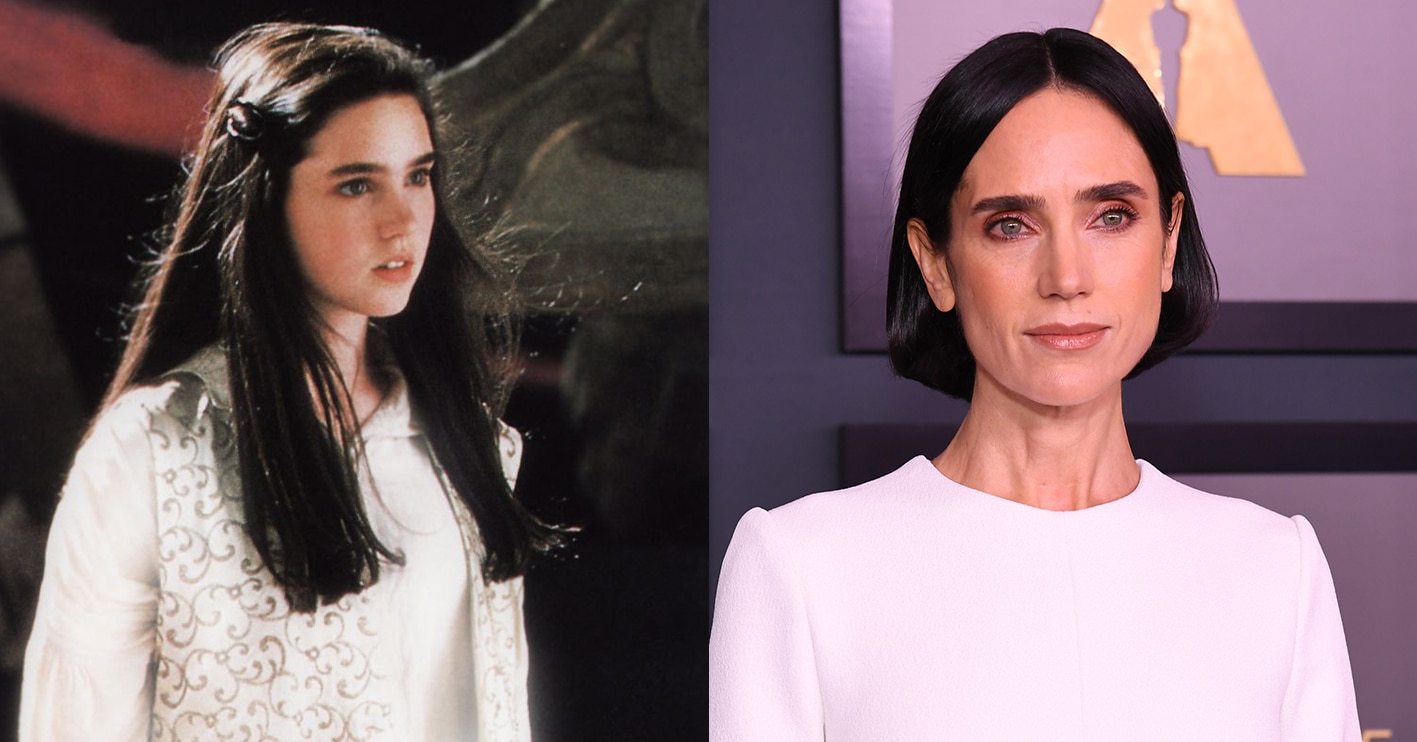Released in 1986, Labyrinth is a musical fantasy film starring Jennifer Connelly and David Bowie. The film follows 16-year-old Sarah’s (Connelly) journey to rescue her infant brother from the clutches of Jareth, the Goblin King (Bowie). Although the film received mixed reviews at the time, it’s since gone on to gain a cult following. Here are 20 facts you never knew about this fascinating film…
20. Michael Jackson was considered for the role of Jareth

During the early stages of production, The Goblin King was envisioned as another mythical creature and was potentially going to be played by a puppet. However, screenwriter Terry Jones was then told by Jim Henson that the character was actually going to be developed into a bigger role. Prince and Mick Jagger were likewise in the running to play Jareth the Goblin King.
Michael Jackson, too, was seriously considered for the role. At this time, his album Thriller had just become the best-selling album of 1983, and he had previously starred in another musical fantasy movie, The Wiz (1978). Sting was also up for consideration, and was actually Jim Henson’s first choice – but his children convinced him that David Bowie would be better.
19. 25 versions of the script were written

Many screenwriters and creatives pitched in to the creation of Labyrinth. The idea was first born when illustrator Brian Froud approached Jim Henson about making a film featuring “a baby surrounded by goblins”, after he was inspired by a showing of The Dark Crystal. Monty Python’s Terry Jones and Fraggle Rock writer Laura Phillips then wrote a script each.
Scriptwriter Elaine May then revised each screenplay and helped bring the characters to life. Jim Henson and George Lucas also helped edit and write the screenplay. However, in the end it was only Terry Jones who was credited as the film’s screenwriter. Best known for his Monty Python work, Jones has writing credits in a dozen different movies.
18. Jim Henson fell out with Maurice Sendak due to similarities between Labyrinth and Where the Wild Things Are
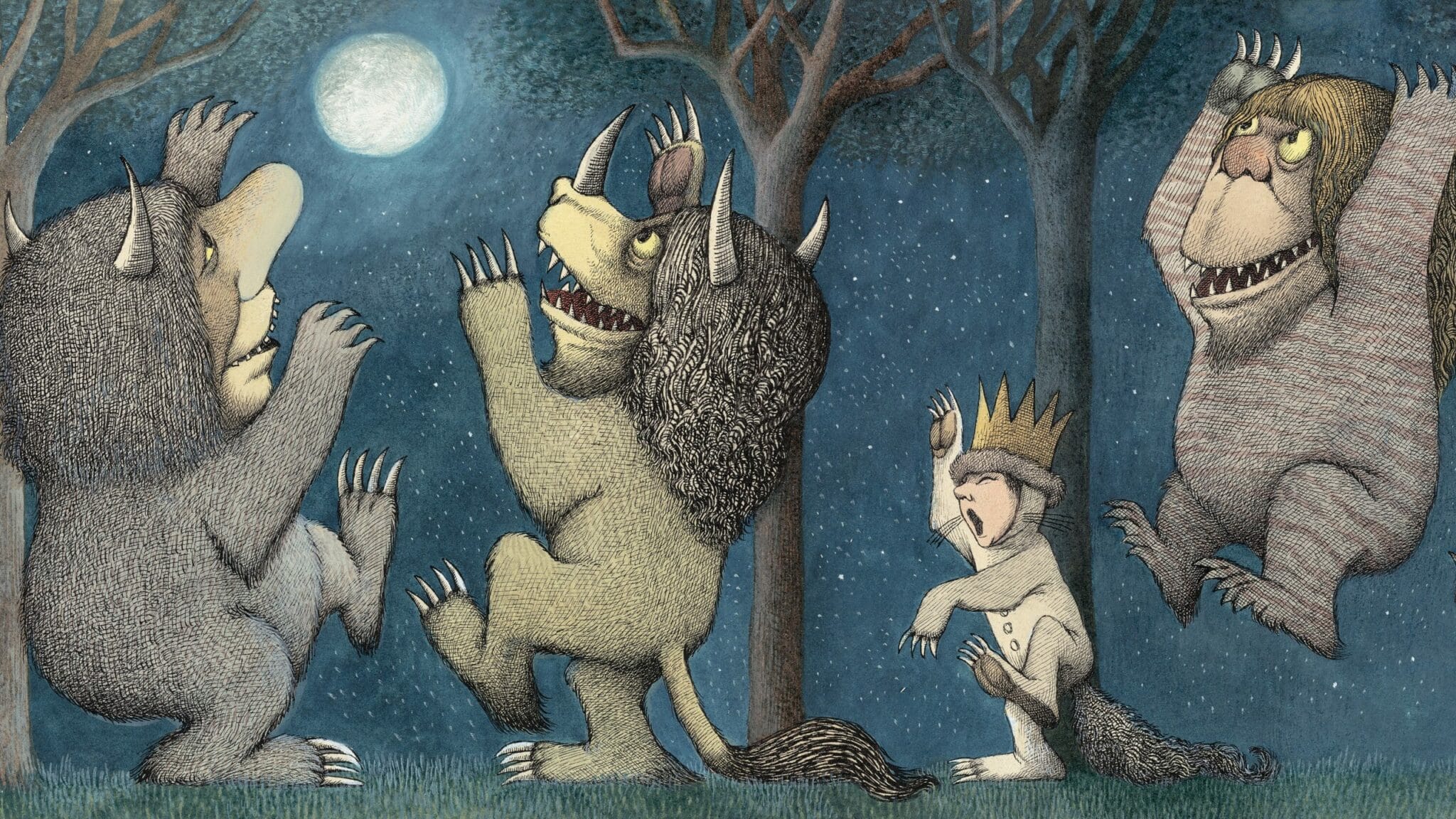
Jim Henson and author Maurice Sendak were friends, but their relationship soured during the production of Labyrinth. Sendak believed that the plot of Labyrinth bore uncanny resemblance to his book Where the Wild Things Are. Sendak had a point, given that his book centred around a young girl who rescues her sister from goblins. Plus, the ‘fierys’ in Labyrinth were initially called ‘wild things.’
Things escalated and Sendak’s lawyers urged Henson to stop the production. Eventually, Henson decided to rename the ‘wild things’ as ‘fierys’ and Sendak withdrew his objection. The film’s credits also state: ‘Jim Henson acknowledges his debt to the works of Maurice Sendak.’ In turn, Sendak, who passed away in 2012, named Mickey Mouse and Emily Dickinson as some of his diverse influences.
17. Bowie kept Toby calm with a glove-puppet
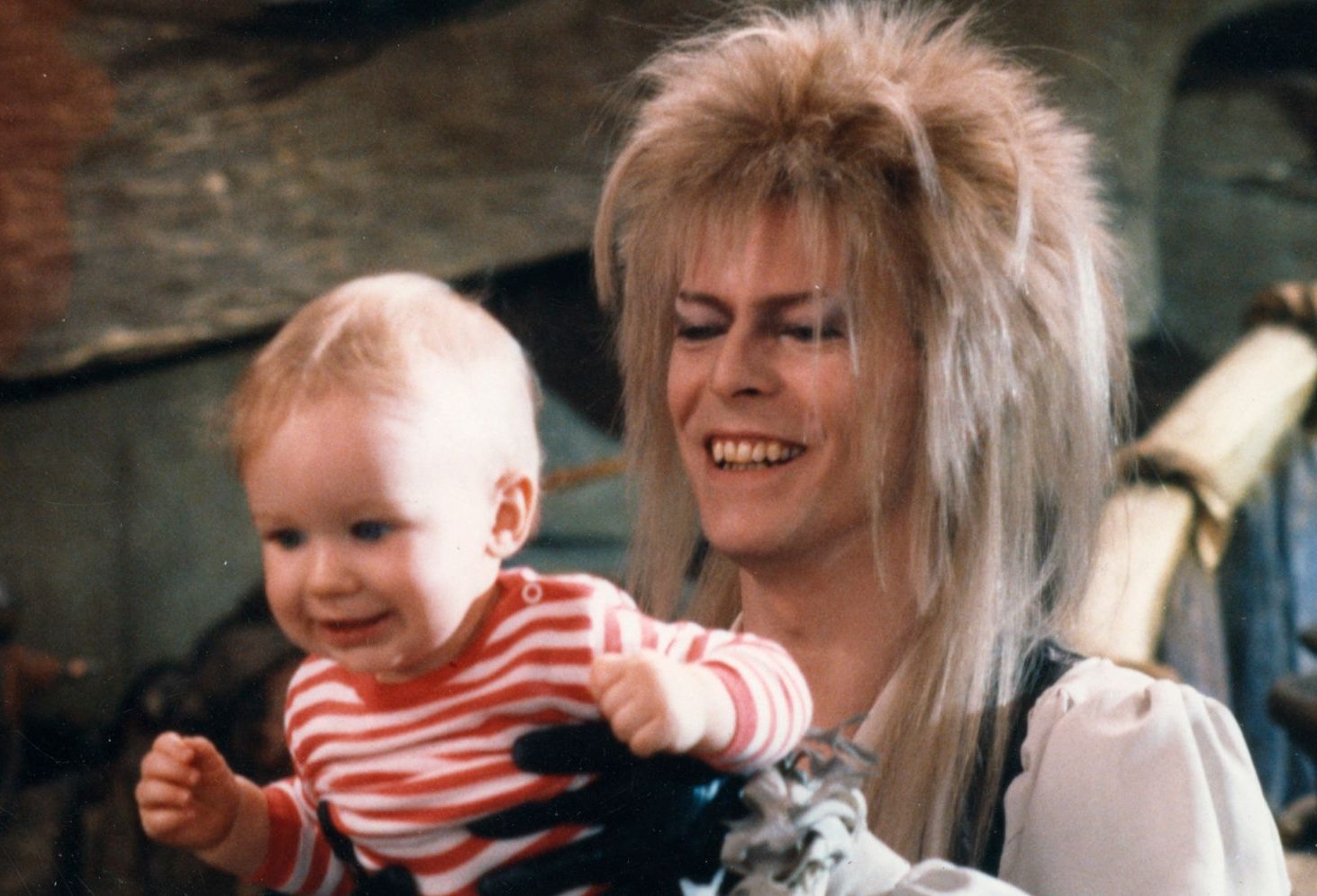
It’s always difficult to shoot any film or TV scene involving babies, and the scenes in Labyrinth which featured Toby – played by Toby Froud, Brian Froud’s son – were no less challenging. The scene where Jareth whispers in Toby’s ear was particularly hard to film, with Toby screaming and crying in most takes. It was essential to soothe the young star.
In order to calm Toby down, a crew member came up with the idea of using a glove puppet to distract him. While Bowie spoke with Toby on his lap, he had the puppet on one hand out of shot, which he wiggled to keep Toby calm and amused. The baby Toby Froud went on to become a Muppet Workshop apprentice, and later an artist, special effects designer and puppeteer.
16. Jennifer Connelly faced a lot of competition for the role of Sarah
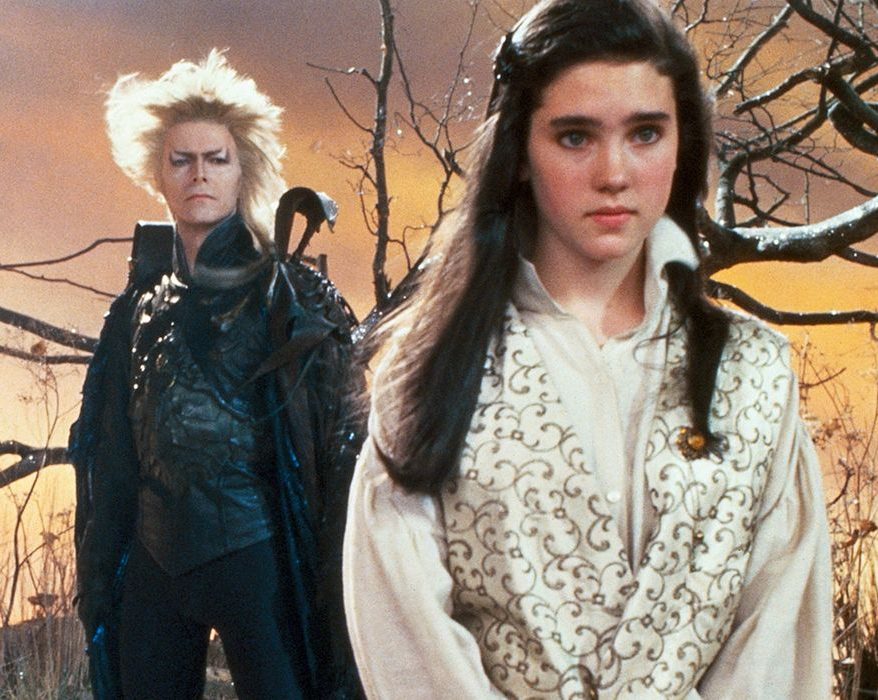
Jennifer Connelly’s performance as Sarah helped place her firmly in the public eye and acted as a springboard for her future acting career. But the role wasn’t always in the bag for Connelly – many actresses vied for the part. Jane Krakowski, Yasmine Bleeth, Sarah Jessica Parker, Helena Bonham Carter, Mary Stuart Masterson, Laura Dern, Lili Taylor, Laura San Giacomo, Ally Sheedy and Mia Sara all auditioned.
Krakowski, Sheedy, and Maddie Corman were the most likely candidates until Connelly auditioned and succeeded in winning Henson over. “When Jenny walked in, she was the right person, and it was one of those great little moments. She did a wonderful reading and she’s a bright, intelligent actress who takes direction well and everything was just right,” Henson said.
15. Connelly could have been seriously injured filming the Shaft of Hands scene

One of the most memorable scenes in Labyrinth is the Shaft of Hands scene, which sees Connelly ‘fall’ down a dark shaft lined with sentient, disembodied hands. It’s only a brief scene, but one which took a lot of effort to film. 150 of the hands were supplied by 75 live performers, with an extra 200 fake hands made of foam and rubber.
While shooting the scene, Connelly was suspended on a harness 40 feet up. On top of this, she was told that if she tried to touch the back of the shaft, she risked chopping her fingers off with the hinges. Connelly also remained suspended in the harness between takes, showing immense patience during this arduous shoot.
14. There are figurines and toys of the creatures Sarah encounters in her room
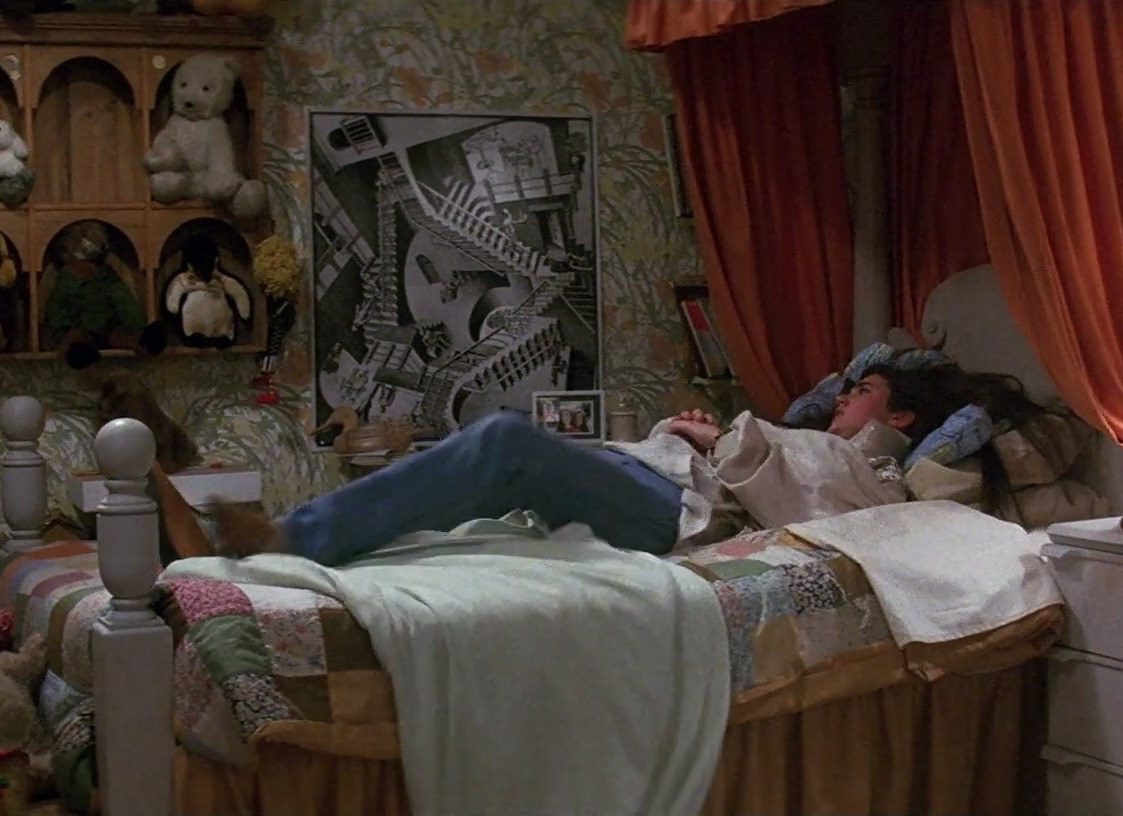
You might not have noticed, but many of the fantastical creatures that appear in the labyrinth itself also appear in Sarah’s bedroom. For example, among her eclectic possessions, there is a figurine of Jareth on Sarah’s dressing table, toys shaped like Ludo and Sir Didymus, and a musical box that recalls the film’s masquerade sequence.
Plus there’s a poster of M.C. Escher’s artwork Relativity on her bedroom wall, which is likely an allusion to the scene with Jareth in the room with many stairs. There’s also board game resembling the labyrinth itself. These are all small and inconsequential Easter eggs, but they certainly demonstrate Henson’s meticulous attention to detail.
13. A professional juggler plays Jareth’s arms in the juggling scenes
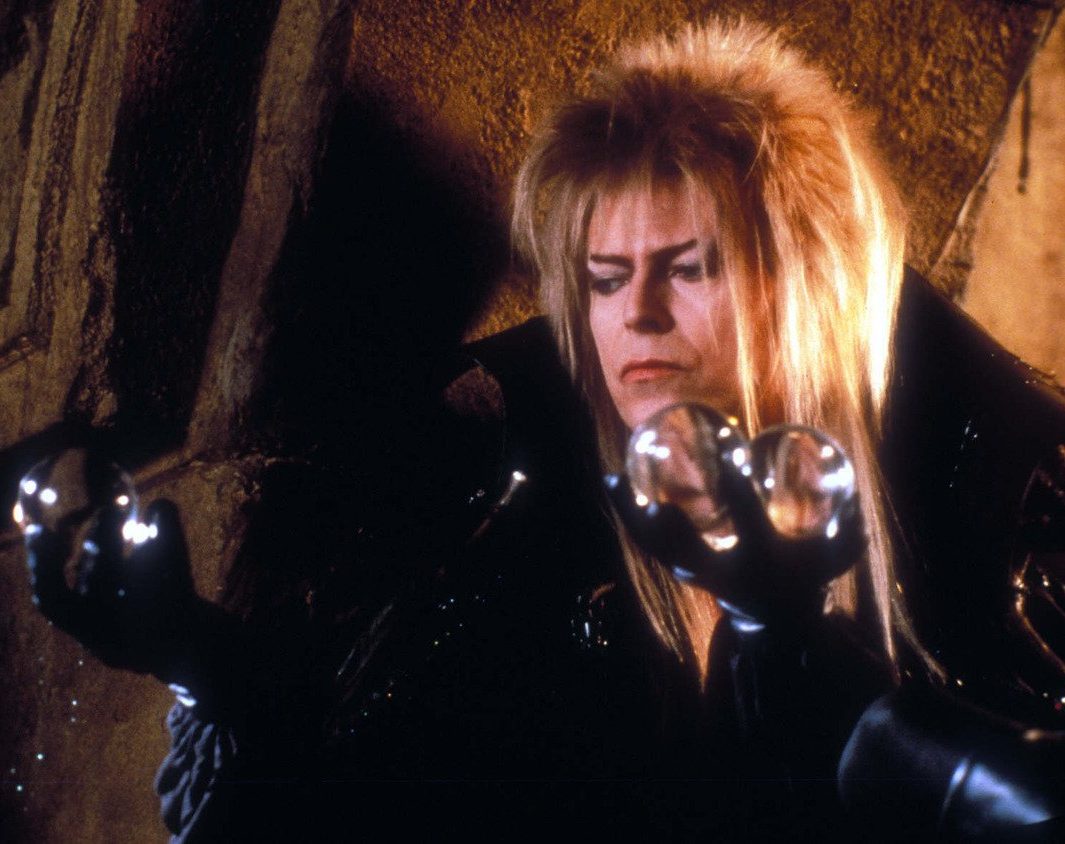
Memorably, Jareth does some pretty wild tricks with his crystal balls. But these tricks weren’t actually done by Bowie himself – instead, they were performed by Michael Moschen, a professional juggler. While shooting the scenes, Moschen would simply crouch behind Bowie and stick his arms out so they looked like Bowie’s own.
Amazingly, Moschen did not even have a mirror or screen to see what he was doing and so had to perform the tricks blind! The rolling motions seen in Jareth’s juggling – as opposed to throwing – are known as ‘contact juggling’. Moschen has taken his skills to the Cirque du Soleil and the TV shows Great Performances, The Tonight Show and L.A. Law.
12. Jim Henson regretted not cameoing in the film before he died
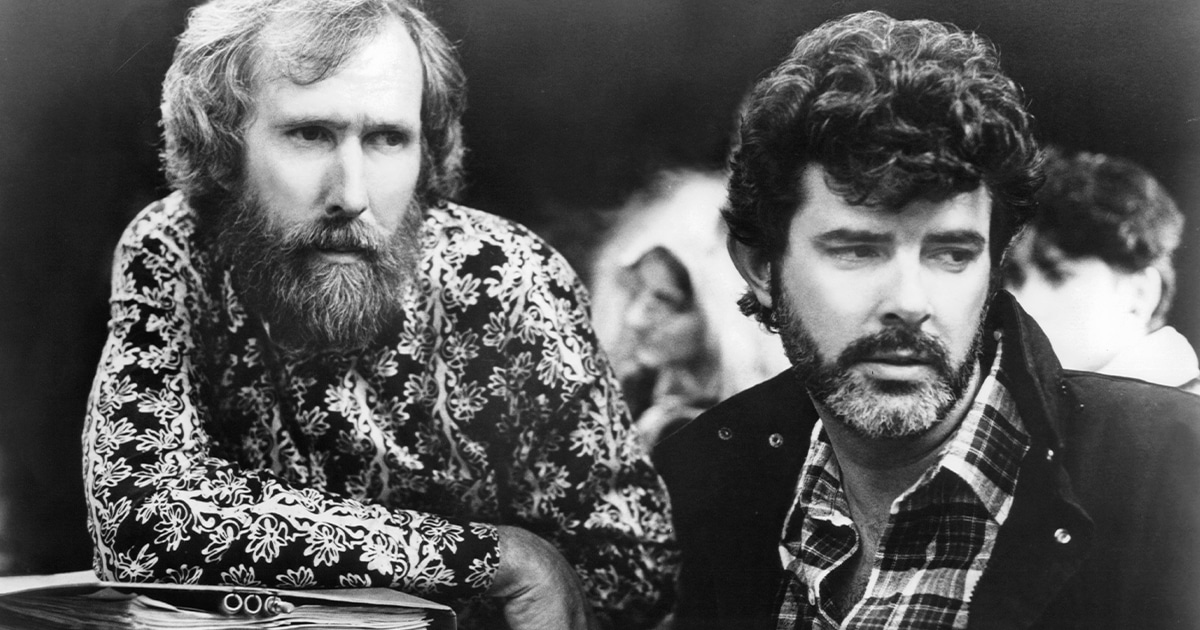
Labyrinth ultimately turned out to be Jim Henson’s final work, as he tragically died just four years after the movie’s release. While the film was something of a commercial flop, Henson died with the knowledge that the film was slowly gaining a significant cult following in the early 1990s. Henson had no regrets about the film in terms of its critical or commercial success, but he reportedly did regret not making a cameo in it.
“As creator and director, he chose and approved every element that you see onscreen,” author Paula Block told Yahoo! News. “He didn’t indicate that he had a favourite character, but Brian Henson feels that Jim was a bit regretful that he didn’t have time to perform any of the characters, which he always enjoyed doing.”
11. It took four puppeteers to manoeuvre Hoggle
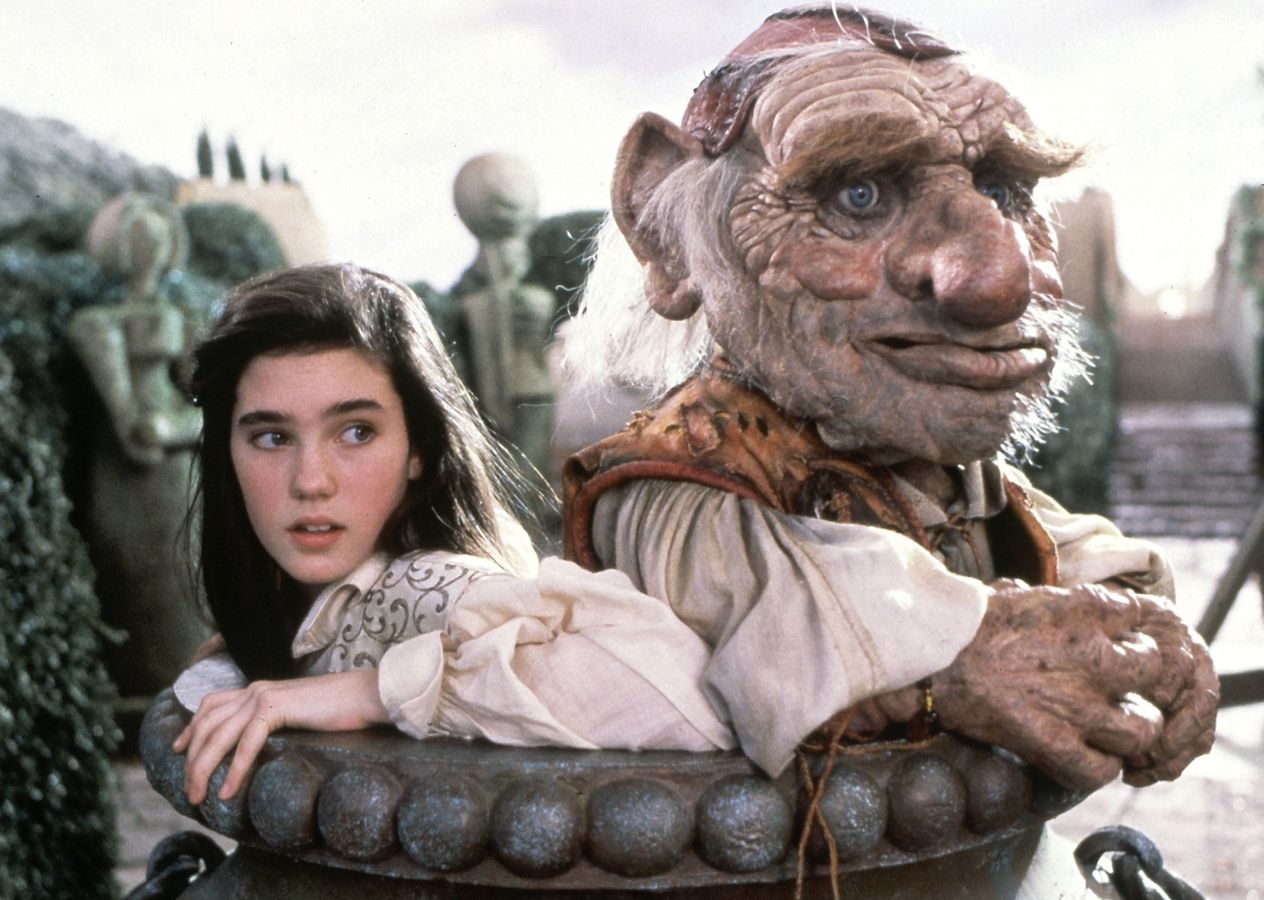
Hoggle was largely played by actress Shari Weiser inside a suit, but the character was also manoeuvred using four puppeteers led by Brian Henson, who controlled 18 motors inside the suit’s face. By using a mechanical mitt, Henson was able to move Hoggle’s jaw and give a voice to the character. That wasn’t all: another puppeteer made Hoggle’s lips move by using another mitt, while another used a joystick to control his eyes and eyelids.
The last puppeteer used a similar device to make Hoggle’s eyebrows move, as well as a foot pedal to control the skin around Hoggle’s eyes. The puppeteer crew had to rehearse and practice for weeks to ensure that they were all perfectly in sync with each other. Originally, Hoggle was meant to be voiced by Terry Jones, until it was decided that Brian Henson was a better fit for the role.
10. Some puppets had cameras in their stomachs
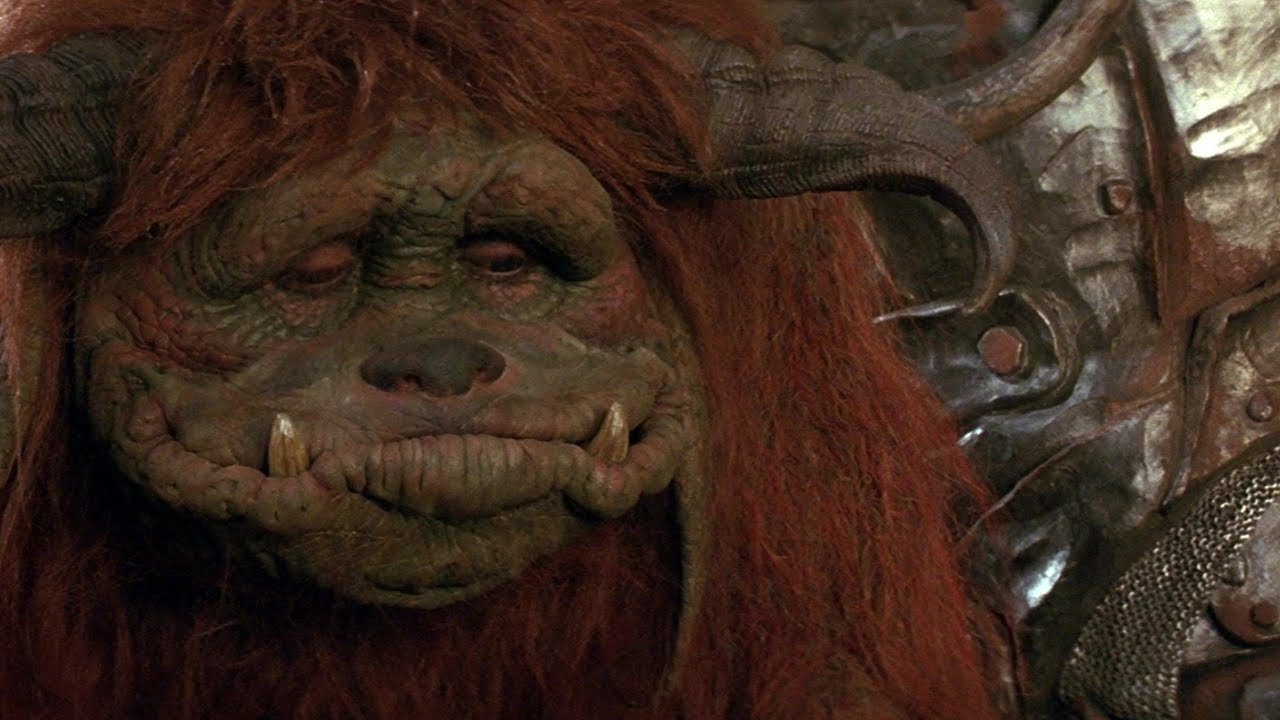
To create this puppet extravaganza, the Jim Henson Company experimented with wide-ranging technology. In the earlier stages of production, the puppeteers built Hoggle with a hidden external camera, leading down to a TV monitor within his stomach, so that Shari Weiser could properly navigate the set from within the puppet.
But Shari Weiser was reportedly not a fan of this CCTV system, and so the monitor and camera were taken out. Instead, Weiser relied on glimpses of the outer world via Hoggle’s open mouth. This is the reason that Hoggle grunts and groans so often, as it was Weiser’s only opportunity to see where she was going next. The Ludo puppet, on the other hand, retained its camera system. Its camera was concealed in its right-side horn.
9. A planned sequel was entitled ‘Curse of the Goblin King’

Thanks to Labyrinth’s cult following and its huge success in the DVD market, the Jim Henson Company started to take an interest in making a sequel. The placeholder name for this project was ‘Curse of the Goblin King’. However, the filmmakers later decided that a direct sequel wouldn’t be suitable for the franchise. Instead, the Jim Henson Company commissioned a movie with a very similar spirit and style to Labyrinth.
Penned by Neil Gaiman, MirrorMask premiered at the Sundance Film Festival and was released in 2005. It met with a mixed critical response, with Stephen Holden of the New York Times commenting wryly that it was “the embodiment of a cult film, one destined for a rich life on home video.” In 2016, screenwriter Nicole Perlman tweeted that she is working on another Labyrinth-inspired project with the Jim Henson Company.
8. The movie contains an early CGI creature
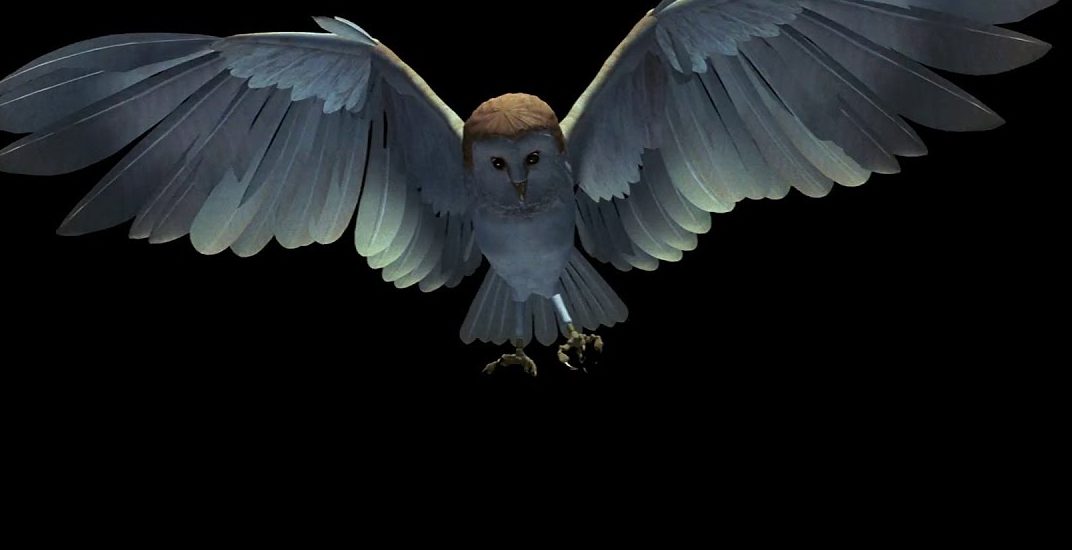
Though hardly realistic by today’s standards, the owl in Labyrinth’s opening credits was considered a highly realistic CGI project for its era. The swooping owl was designed by animators Larry Yaeger and Bill Kroyer. A former Disney animator, Kroyer had recently finished work on the sci-fi adventure movie Tron – but this owl presented a very different challenge.
The owl lays claim to being the first ever movie appearance of a realistic CGI animal. To create it, Kroyer and Yaeger built a physical model of its head, known as a maquette. According to author Tom Sito in Moving Innovation: A History of Computer Animation, the owl head maquette was later salvaged from a skip when the animation company Omnibus went bust in 1987.
7. The movie depicts a particularly dark historic feature

At the end of the Shaft of Hands scene, Sarah is unceremoniously dumped into a dark cell with no door. Hoggle meets her there, and tells her, “this is an oubliette, the labyrinth’s full of them.” He then clarifies that an oubliette is “it’s a place to put people to forget about them.” Ironically, we also see Jareth fretting over Sarah’s progress in the oubliette as he watches her through his crystal.
Oubliettes are indeed basement dungeons, accessible only via a hatch. Hoggle is commenting on the word’s etymology, as ‘oubliette’ comes from the French verb ‘oublier’, meaning ‘to forget’. The term dates back to 1374. Also known as ‘bottle dungeons’, these disturbing inventions were apparently found in Warwick, Alnwick and Cockermouth castles in the UK – with Warwick’s example surviving to this day.
6. Brian Henson met his future wife in a neighbouring studio
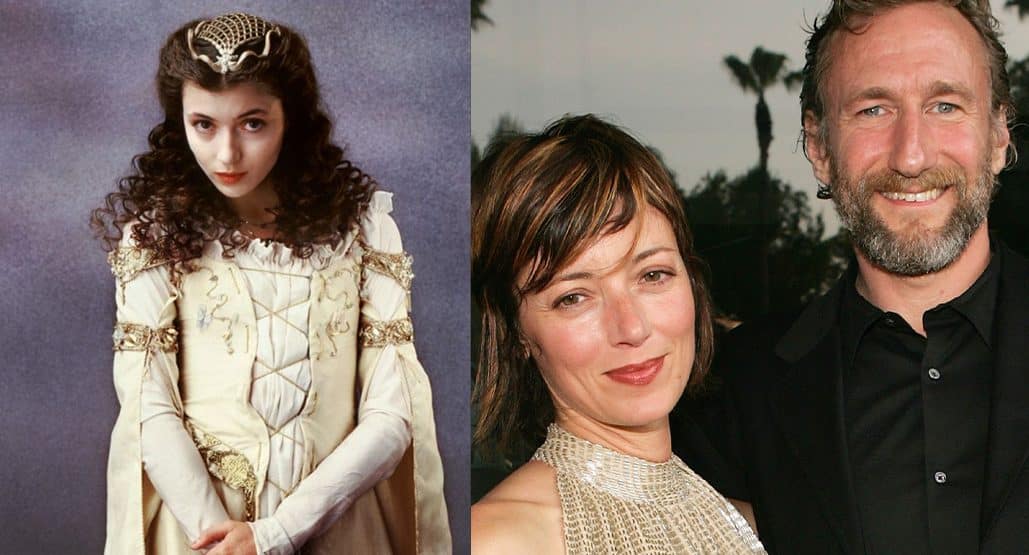
The epic dark fantasy Legend (1985) was filmed in the neighbouring studio to Labyrinth. The movies share a number of features, including an evil magical king in a fortress, goblin servants, and damsels in distress-turned-action heroes. This movie starred Mia Sara, Tom Cruise and Tim Curry, and is now considered a cult classic like Labyrinth.
Legend was filmed at Pinewood Studios in Iver Heath, England, as well as Elstree Studios. At the latter site, it was next door to Labyrinth and the casts and crews of both movies intermingled. This was reportedly when Brian Henson first met Mia Sara – who at the time was performing her movie debut. The pair married in 2010 and have one daughter together.
5. It contains an early use of ‘hogwart’

Jareth’s goblin servant Hoggle – who carries out tasks from exterminating fairies to collecting metal – must constantly remind others of his name. Sarah and Jareth variously misname him as Higgle, Hedgewart and Hogbrain. On two occasions, Sarah mistakenly addresses him as ‘Hogwart’. However, in the movie’s final scene, she includes his correct name in her very final lines: “I need you, Hoggle.”
Long before the Harry Potter book series was released, when Labyrinth used the word ‘Hogwart’ it was in reference to a very different schoolboy. The novel How To Be Topp (1954), a satire showing a young Nigel Molesworth navigating his English prep school St Custards, includes a description of ‘Hogwarts plays’ – the earliest known use of the word.
4. The Ludo puppet weighed over 75 pounds

Ludo is a huge softie, first encountered in the Labyrinth while he is being tortured by goblins. Sarah rescues him and soon discovers both his immense strength, and his ability to summon rocks. He becomes Sarah’s constant companion through the maze’s puzzles, the Bog of Eternal Stench and the battle outside the Goblin King’s fortress.
The Creature Shop was tasked with creating this lovable figure, but their original model weighed over 100 pounds. On hearing this news, Jim Henson told the Creature Shop to start all over again and make it lighter. It was brought down to just over 75 pounds, still too heavy for one person to operate all of the time. Puppeteers Ron Mueck and Rob Mills split the performance.
3. One puppet got lost on an aeroplane

After filming wrapped for Labyrinth, Brian Henson boarded a flight with various puppets stashed in his luggage. Unfortunately, the airline misplaced the suitcase containing a Hoggle puppet. As the movie had no further need for it, the unlucky puppet was never tracked down, and it wound up in an airport’s Lost and Found section.
However, it was later uncovered by airport staff and sent to The Unclaimed Baggage Center – a shop of oddities in Scottsboro, Alabama. After years of neglect, the four-foot puppet was in a decayed state, with a torn face revealing the its inner machinery. The artist Gary Sowatzka painstakingly restored it to mint condition, and it remains on display in the Scottsboro museum to this day.
2. David Bowie voiced the baby’s gurgles

Throughout the song Magic Dance, you can hear baby Toby’s merry gurgles, showing that the song is succeeding in soothing him. But despite the baby’s excellent acting, the noises he makes in this song were actually made by David Bowie himself. It was one of five songs that Bowie personally wrote and recorded for Labyrinth.
Outside of Labyrinth, David Bowie’s movie and documentary credits are plentiful – but his voice acting parts are few and far between. In 2007, he voiced two characters: Emperor Maltazard in the feature film Arthur and the Invisibles, and Lord Royal Highness in an episode of SpongBob SquarePants. He also voiced Boz and the Dreamers in the video game Omikron: The Nomad Soul.
1. There are twelve humans hidden among the puppets in Magic Dance

In Labyrinth’s DVD extra documentary, Brian Henson described in detail the immense effort behind the song Magic Dance. The choreography, set in the Goblin King’s castle, included 48 muppets and 52 puppeteers – as well as 12 people who were dressed in larger goblin costumes. The tune was composed by David Bowie himself.
David Bowie released the song as a single to limited markets in 1987. When news of Bowie’s death spread around the world in 2016, the tune re-entered Top 100s, reaching #63 on the British iTunes chart. BBC America has described Magic Dance (also known as Dance Magic) as “one of Bowie’s most playful and underrated songs.”

